
The S/V Rembrandt van Rijn under sail in Scoresby Sound, Greenland.
Last August I was hired to guide a small group of photographers to eastern Greenland to capture the crystalline beauty of the region’s legendary icebergs. Our destination was Scoresby Sound – one of the largest fiord systems in the world. For our photo adventure we sailed aboard the Dutch three-masted schooner the S/V Rembrandt van Rijn which added further to the historical romance of the adventure.

My imagined version of the S/V Rembrandt van Rijn
An iceberg is a piece of freshwater ice more than 15 m (50 ft) long that has broken off the toe of a glacier or an ice shelf and is floating freely in the ocean. Smaller pieces of floating glacial ice, often derived from disintegrating icebergs, are called “growlers” and “bergy bits”, depending upon their size.
The four largest iceberg spawning grounds in the world today are in Antarctica, Greenland, Norway’s Svalbard Archipelago, and the Canadian High Arctic. For my blog this month I wanted to feature some of the iceberg images from my recent Greenland voyage as well as others that I have captured over the years from my previous trips to Antarctica and Svalbard. To compliment the visual beauty of the photographs I have included some tantalizing tidbits of history and glacial science which I hope you will find interesting.

The Arctic tundra in its full autumn finery.
Until 1914 there was no international system to track icebergs and guard ships against dangerous collisions. As a result, on a bitterly cold night in mid-April, 1912 the luxury ocean liner RMS Titanic rammed into a massive iceberg south of Newfoundland. The iceberg was sighted by the officers on the bridge just 37 seconds before the ship collided with it – insufficient time for the ill-fated ocean liner to change course. For the next two hours and 40 minutes the doomed ship slowly filled with frigid seawater, before it finally split in two and sank to the bottom in 3,800 meters (12,500 ft) of water, killing 1,496 of its 2,223 passengers and crew.
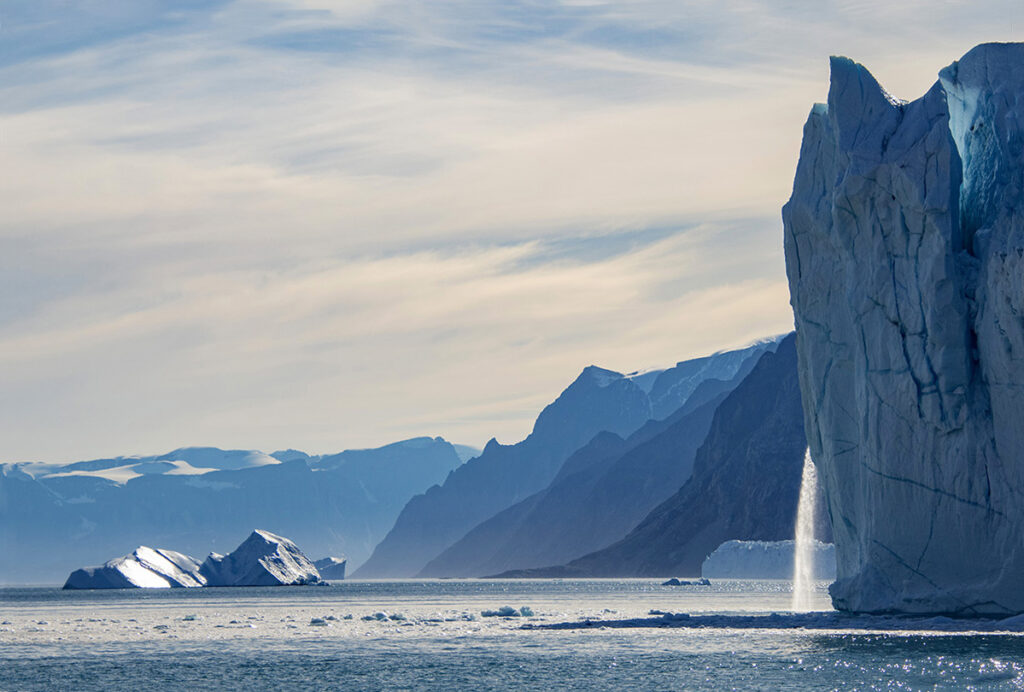
Waterfall on an iceberg in Greenland.
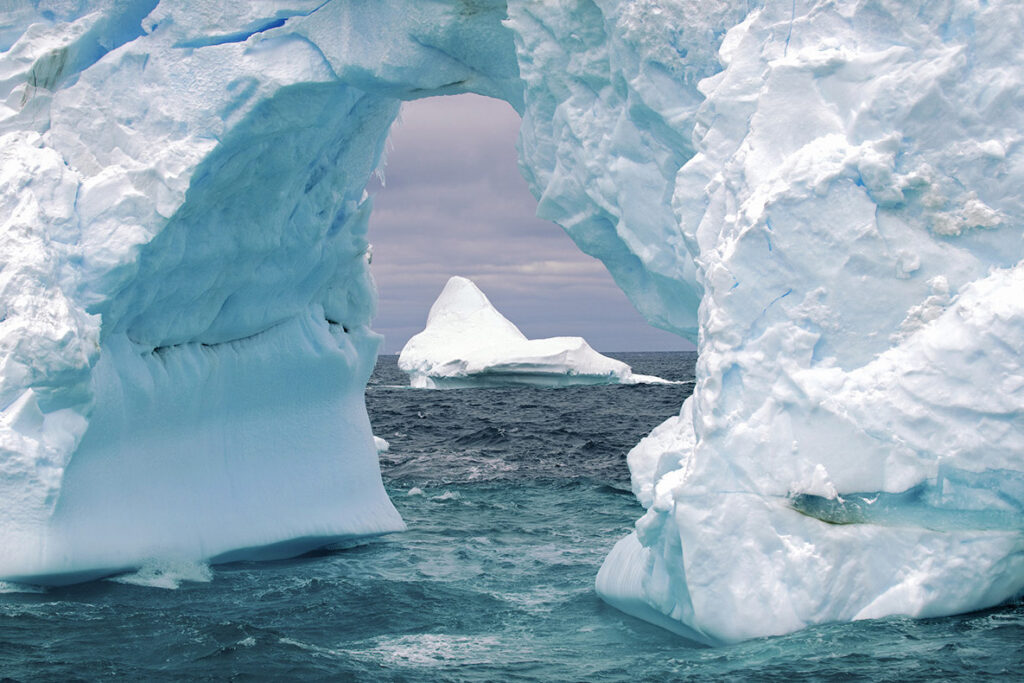
An iceberg near the South Orkney Islands in Antarctica
The iceberg that struck the Titanic was later identified by traces of paint left on the ice. The massive berg was taller than a three-story apartment block, and weighed an estimated 500,000 tons – ten times more than the Titanic. Scientists estimate that the famous shipwreck will have completely disappeared by 2050, eaten away by water and marine life, and broken up by ocean currents.
Svalbard Archipelago, Arctic Norway
Icebergs vary considerably in size and shape. Those that calve from glaciers in Greenland, Arctic Canada and Svalbard are often irregularly shaped, while many of the icebergs in Antarctic waters are large, flat-topped mountains of ice called tabular icebergs that calve from the disintegrating toe of massive ice shelves. The visible part of an iceberg represents just 10 to 25% of it, as most of it is hidden underwater, which has led to the common expression “tip of the iceberg” to describe a small part of a larger unseen issue.
Greenland
In a typical year, glaciers in Greenland and the Canadian Arctic generate roughly 40,000 icebergs, some of which drift around the North Atlantic for up to five years. On rare occasions, Arctic icebergs drift as far south as Bermuda, while some icebergs from Antarctica drift as far north as tropical Brazil.
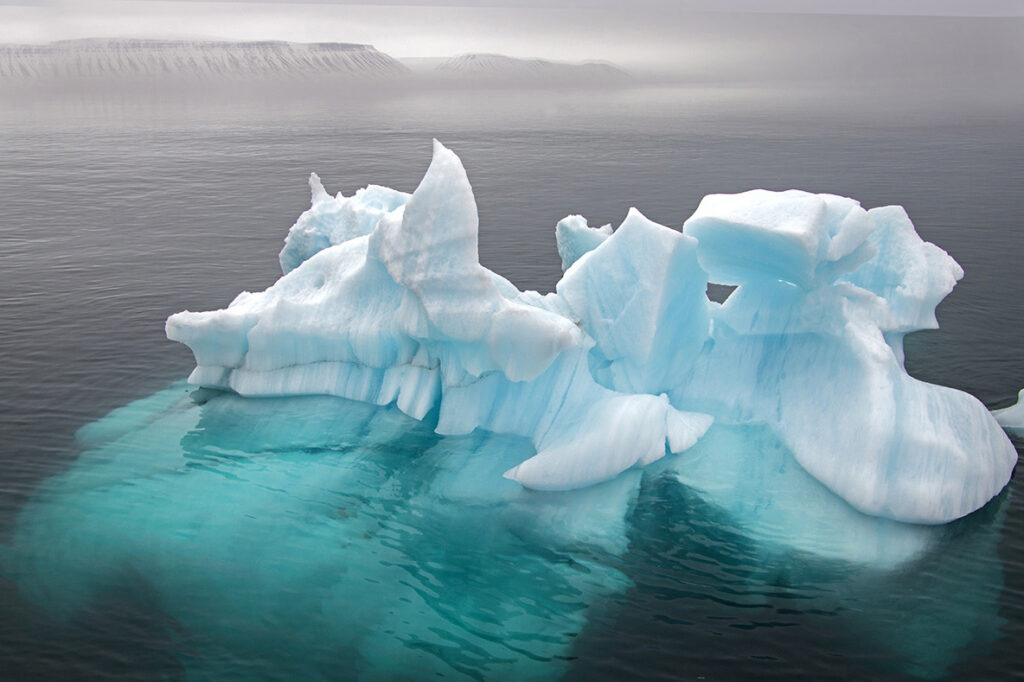
Svalbard Archipelago, Arctic Norway
The largest iceberg in recent history, named B-15, measured nearly 300 km by 40 km (186 x 15 mi). It calved off the front of the Ross Ice Shelf in Antarctica in January, 2000. An even larger tabular iceberg split from an ice shelf in Antarctica in 1956. The monster berg was 335 kilometres long by 97 kilometres wide (208 x 60 mi), making it roughly the same size as the European country of Belgium, a third larger than the state of Vermont, and five times as big as the Canadian province of Prince Edward Island!
The annual stream of icebergs drifting past Newfoundland and Labrador exceeds the total freshwater consumption of the United States. In 2016, the province introduced a tax on iceberg harvesting and imposed a limit on how much fresh water could be exported to thirsty neighbours.
Svalbard Archipelago
About the Author – Dr. Wayne Lynch
For more than 40 years, Dr. Wayne Lynch has been writing about and photographing the wildlands of the world from the stark beauty of the Arctic and Antarctic to the lush rainforests of the tropics. Today, he is one of Canada’s best-known and most widely published nature writers and wildlife photographers. His photo credits include hundreds of magazine covers, thousands of calendar shots, and tens of thousands of images published in over 80 countries. He is also the author/photographer of more than 45 books for children as well as over 20 highly acclaimed natural history books for adults including Windswept: A Passionate View of the Prairie Grasslands; Penguins of the World; Bears: Monarchs of the Northern Wilderness; A is for Arctic: Natural Wonders of a Polar World; Wild Birds Across the Prairies; Planet Arctic: Life at the Top of the World; The Great Northern Kingdom: Life in the Boreal Forest; Owls of the United States and Canada: A Complete Guide to their Biology and Behavior; Penguins: The World’s Coolest Birds; Galapagos: A Traveler’s Introduction; A Celebration of Prairie Birds; and Bears of the North: A Year Inside Their Worlds. In 2022, he released Wildlife of the Rockies for Kids, and Loons: Treasured Symbols of the North. His books have won multiple awards and have been described as “a magical combination of words and images.”
Dr. Lynch has observed and photographed wildlife in over 70 countries and is a Fellow of the internationally recognized Explorers Club, headquartered in New York City. A Fellow is someone who has actively participated in exploration or has substantially enlarged the scope of human knowledge through scientific achievements and published reports, books, and articles. In 1997, Dr. Lynch was elected as a Fellow to the Arctic Institute of North America in recognition of his contributions to the knowledge of polar and subpolar regions. And since 1996 his biography has been included in Canada’s Who’s Who.



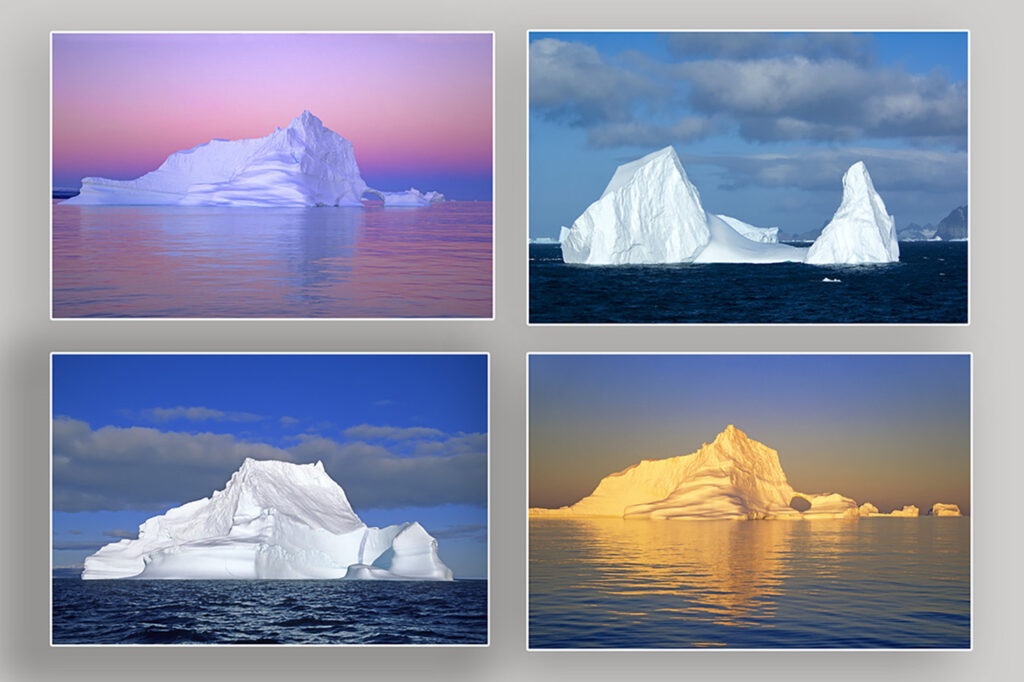



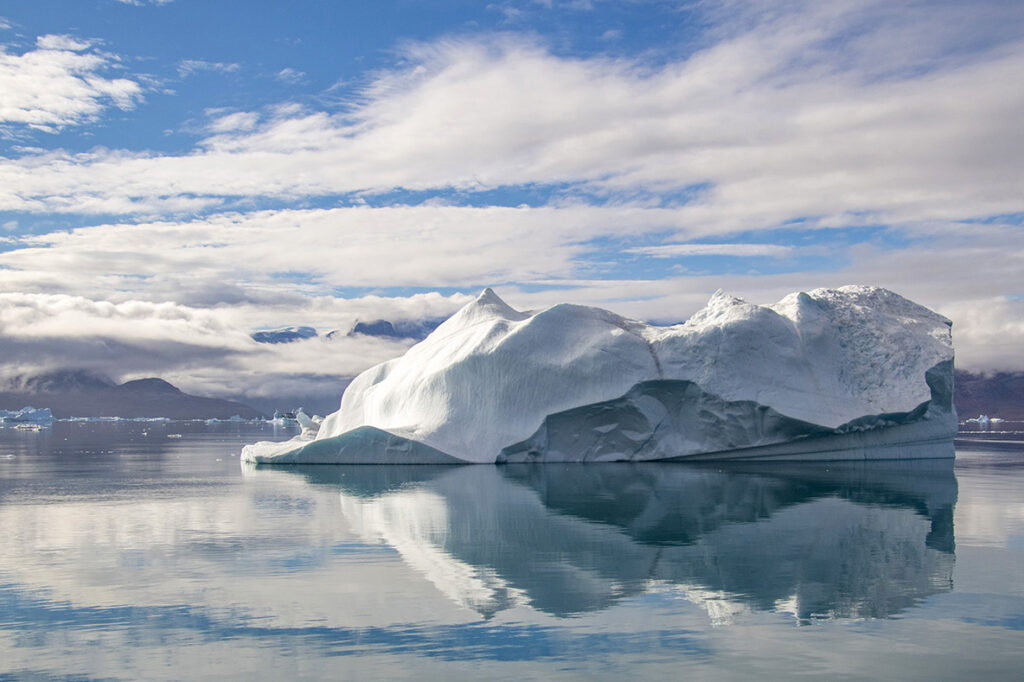
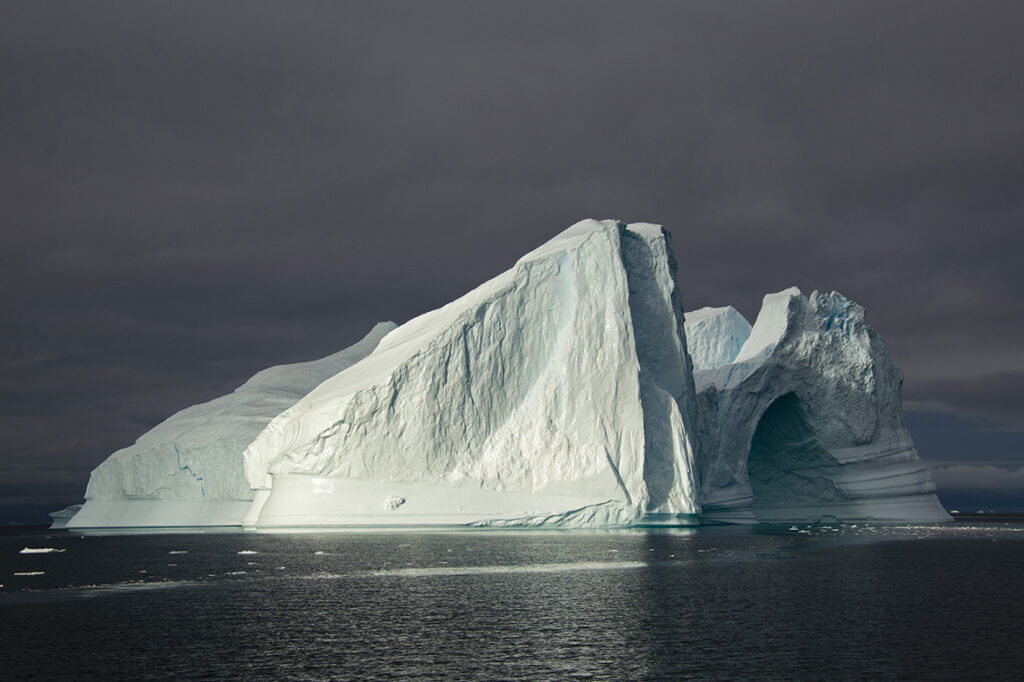


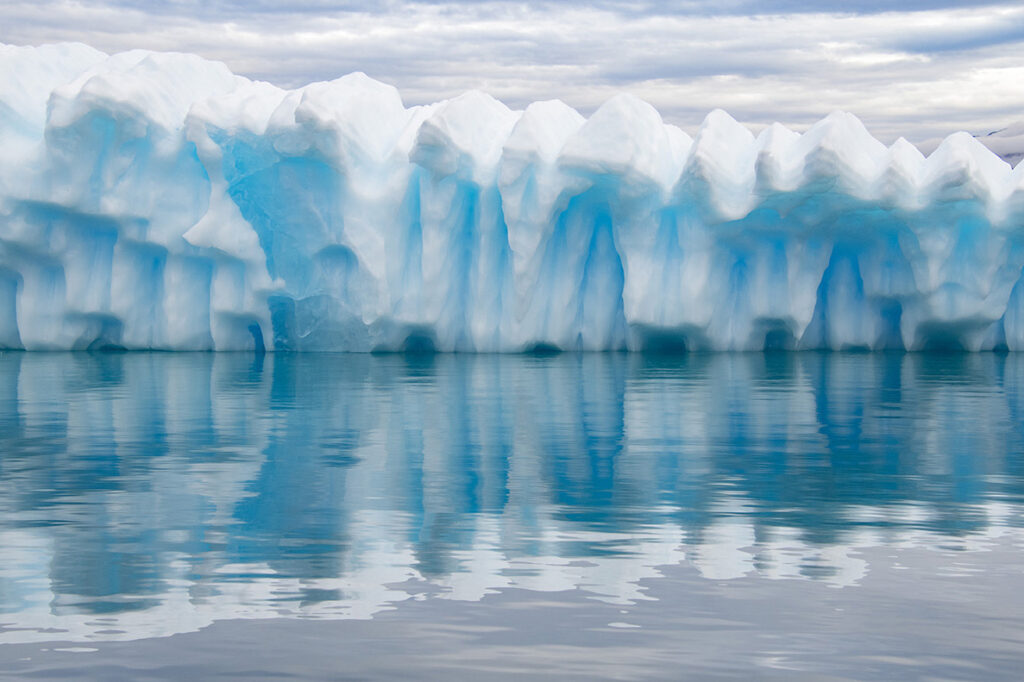
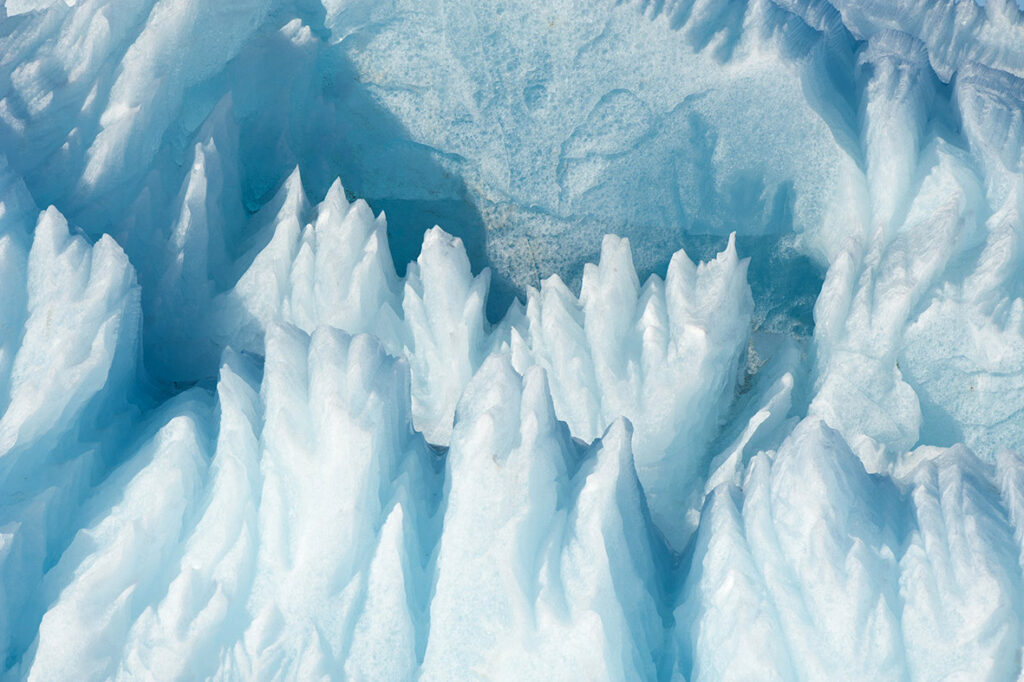




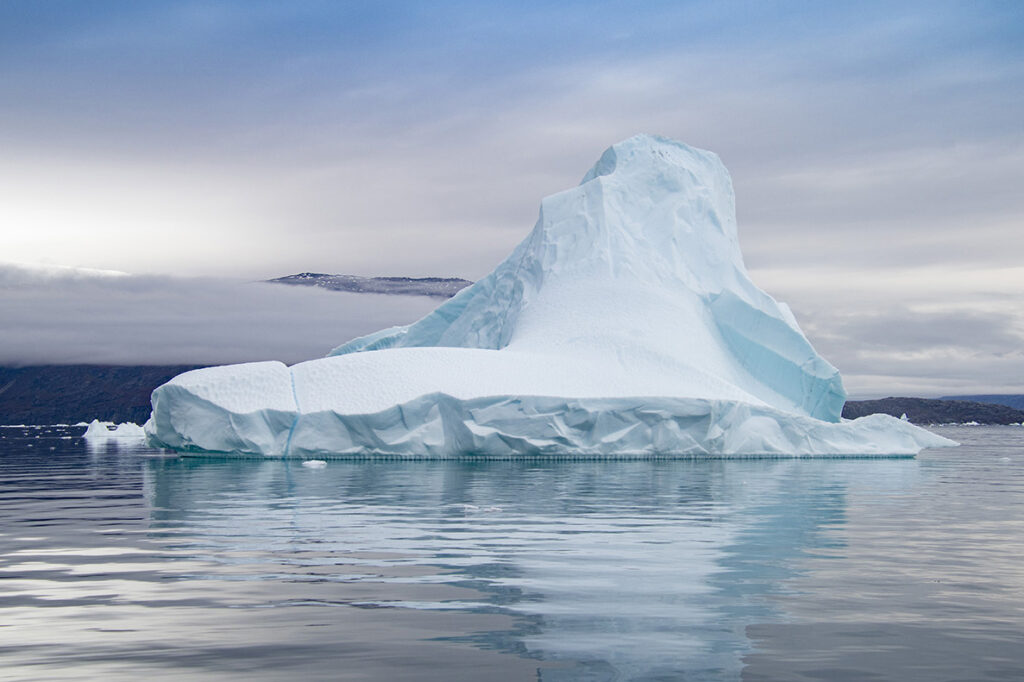

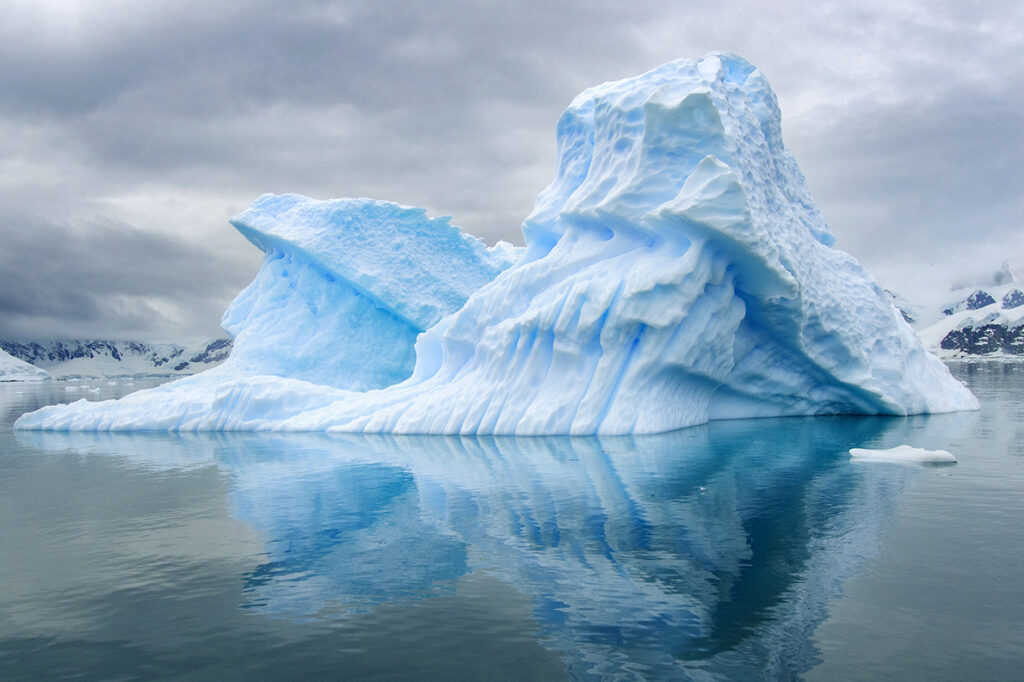


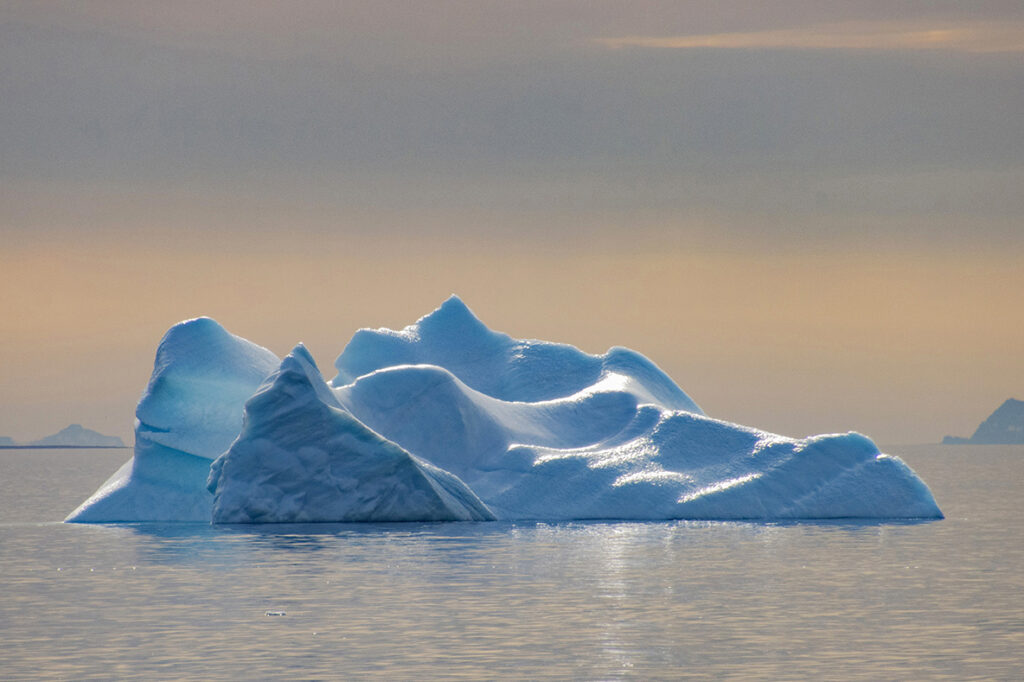
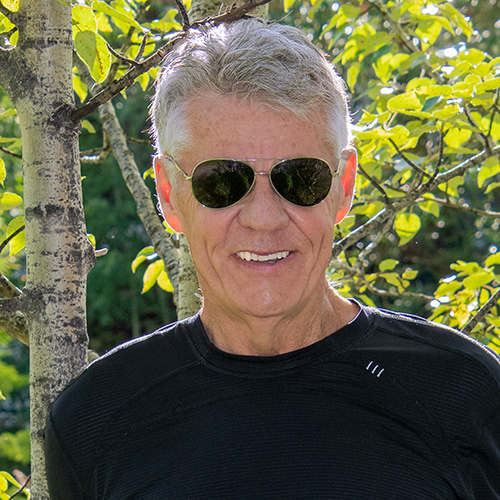






Très belles photos, j’adore tout ce qui a trait à la nature. Toutes ces couleurs et formes de beauté de notre terre nature.